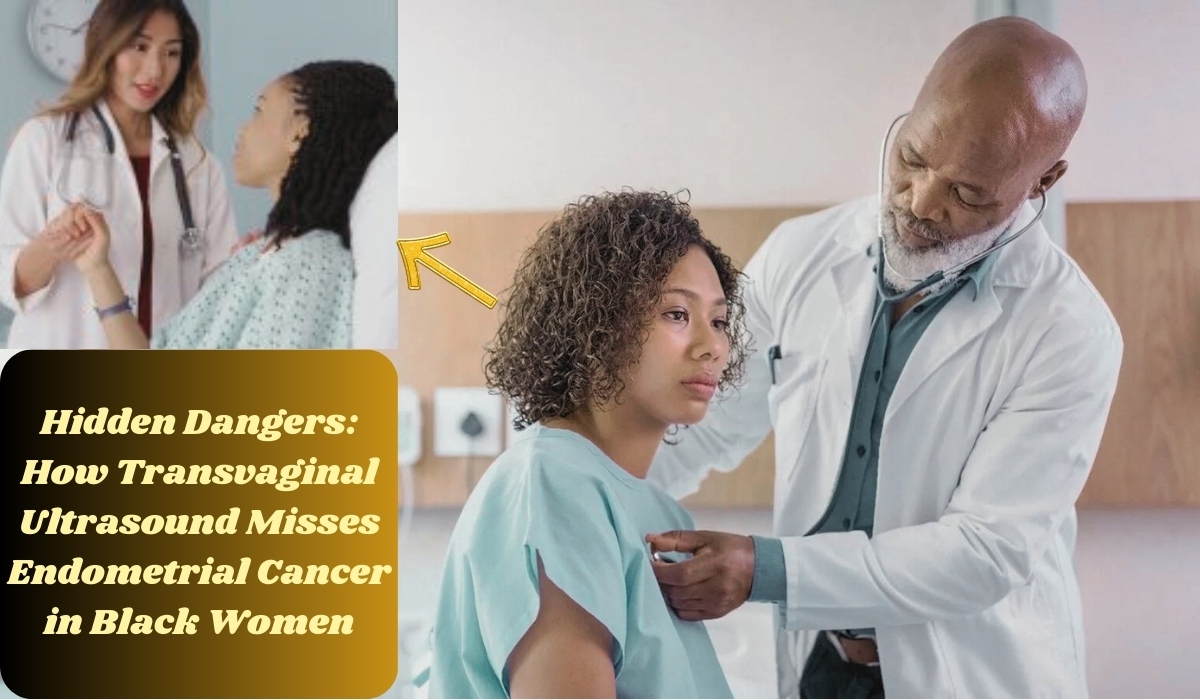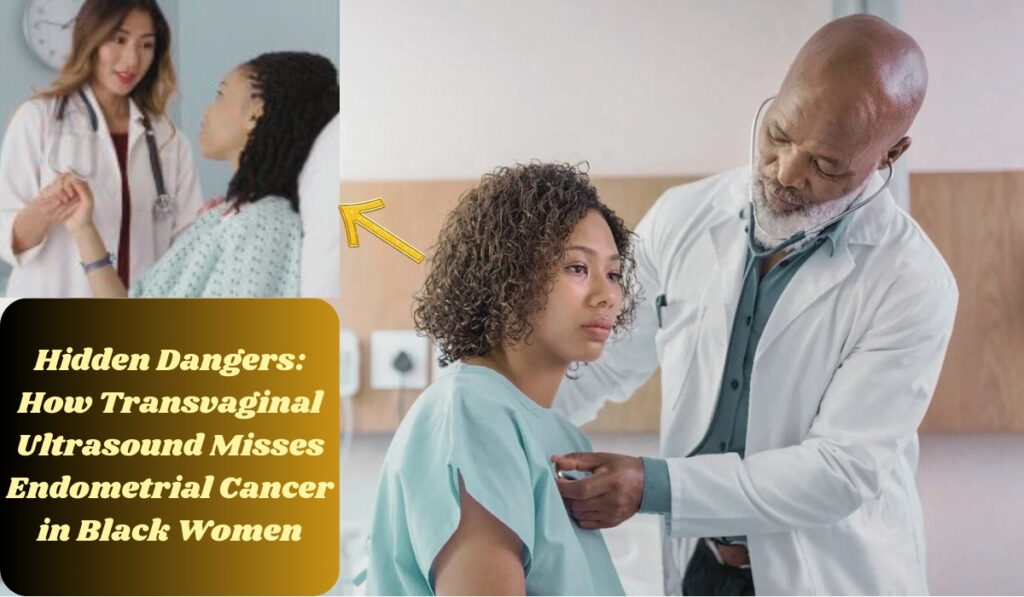Cancer The Hidden Dangers: How Transvaginal Ultrasound Misses Endometrial Cancer in Black Women in 2024

Introduction
Endometrial cancer, a type of cancer that begins in the lining of the uterus, is a significant health concern for women worldwide. However, recent research highlights a troubling disparity in the diagnosis of endometrial cancer between Black and White women. The primary diagnostic tool, transvaginal ultrasonography (TVUS), appears to be less effective for Black women, leading to a higher rate of false-negative results. This article delves into the study’s findings, the implications for clinical practice, and the need for alternative diagnostic strategies to ensure accurate detection of endometrial cancer in Black women.
The Study and Its Methodology
Research Objectives
The study aimed to assess the reliability of TVUS in diagnosing endometrial cancer in Black women, who are considered high-risk due to various socio-economic and health factors. The researchers focused on the false-negative probability of TVUS-measured endometrial thickness thresholds as a diagnostic triage strategy.
Participant Demographics
Sample Size: 1,494 Black Women
Median Age: 46 years
Procedure: Hysterectomy
Data Collection
The study analyzed endometrial thickness measurements recorded within 24 months before the hysterectomy. It also included demographic and clinical data to provide a comprehensive view of each participant’s health status.
Endometrial Thickness Thresholds
The researchers defined the endometrial thickness thresholds as follows:
Less than 3 mm
Less than 4 mm
Less than 5 mm
Greater than or equal to 5 mm (consistent with clinical guidelines)

Key Findings
False-Negative Rates
The study revealed significant false-negative probabilities at different endometrial thickness thresholds:
< 3 mm Threshold: 3.8% false-negative rate (8 cases)
< 4 mm Threshold: 9.5% false-negative rate (20 cases)
< 5 mm Threshold: 11.4% false-negative rate (24 cases)
Presenting Symptoms
The most common presenting symptoms among the participants were:
Fibroids: 78%
Vaginal bleeding: 71%
Pelvic pain: 57%
Impact of Classic Risk Factors
Classic risk factors for endometrial cancer, such as postmenopausal bleeding, age over 50 years, and a body mass index (BMI) over 40, did not improve the performance of the TVUS triage strategy. This finding suggests that these risk factors alone are insufficient to ensure accurate diagnosis using TVUS.
Implications for Clinical Practice
Diagnostic Challenges
The study’s findings highlight a significant issue: TVUS is unreliable as a sole diagnostic tool for endometrial cancer in Black women. The high rate of false negatives can lead to delayed diagnoses and potentially poorer outcomes for this demographic.
The Need for Alternative Strategies
Given the unreliability of TVUS, the study suggests that tissue biopsy should be considered for Black patients presenting with concerning symptoms. This approach would help avoid misdiagnosis and ensure that endometrial cancer is detected early.
Rethinking Triage Strategies
The study adds to the growing body of evidence questioning the effectiveness of TVUS as a triage strategy for endometrial biopsy. As endometrial cancer rates continue to rise, particularly among Black women, there is a pressing need to reevaluate current diagnostic practices and consider more reliable alternatives.
Conclusion
The study conducted by Kemi M. Doll, MD, and her colleagues at the Fred Hutchinson Cancer Center and the University of Washington underscores a critical disparity in the diagnosis of endometrial cancer between Black and White women. The findings reveal that TVUS, a commonly used diagnostic tool, is significantly less effective in detecting endometrial cancer in Black women, leading to a high rate of false-negative results.
This research calls for a reevaluation of current diagnostic practices and the adoption of more reliable strategies, such as tissue biopsy, to ensure accurate detection and timely treatment of endometrial cancer in Black women. Addressing this disparity is essential to improving health outcomes and reducing the risk of late-stage diagnosis in this high-risk population.
References
- Doll, Kemi M., MD, et al. (2024). A study published in JAMA Oncology, Fred Hutchinson Cancer Center, University of Washington, Seattle.
- Funding is provided by Kuni Discovery Grants for Cancer Research, the National Institutes of Health, the Patient-Centered Outcomes Research Institute, the American Association of Cancer Research, and Merck & Co., Inc.
This comprehensive analysis aims to provide a detailed understanding of the study’s findings and their implications for clinical practice, emphasizing the need for more reliable diagnostic strategies to address the racial disparity in endometrial cancer diagnosis.



One thought on “Cancer The Hidden Dangers: How Transvaginal Ultrasound Misses Endometrial Cancer in Black Women in 2024”